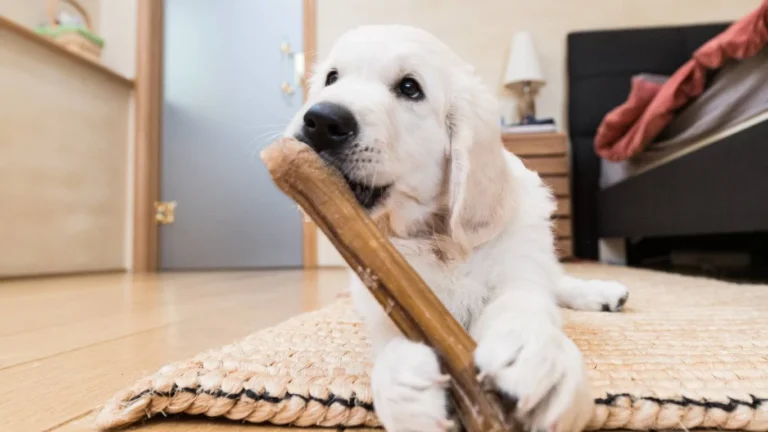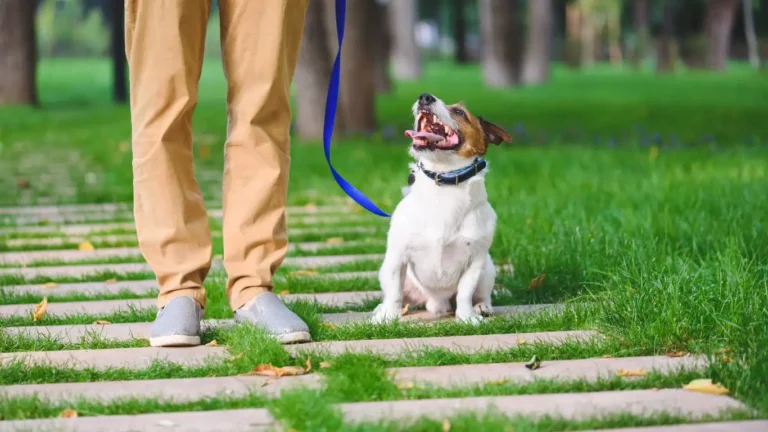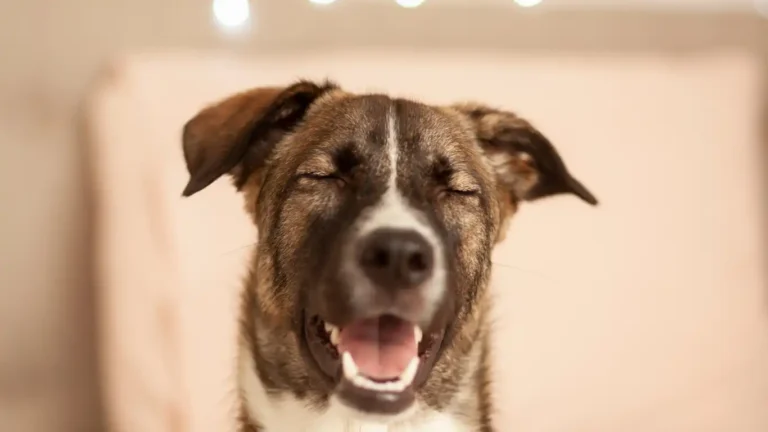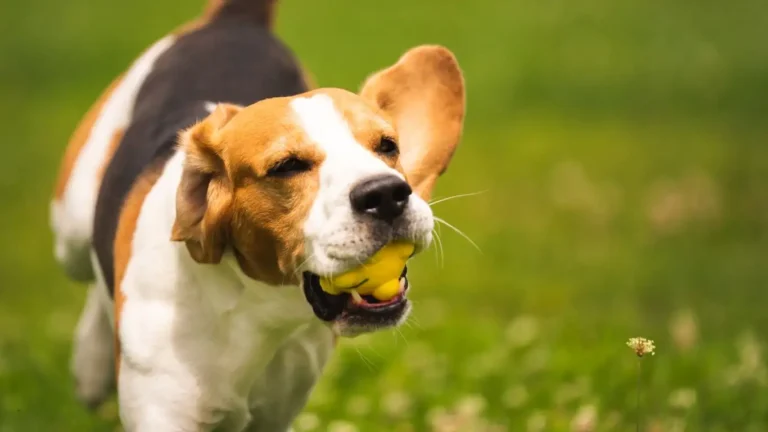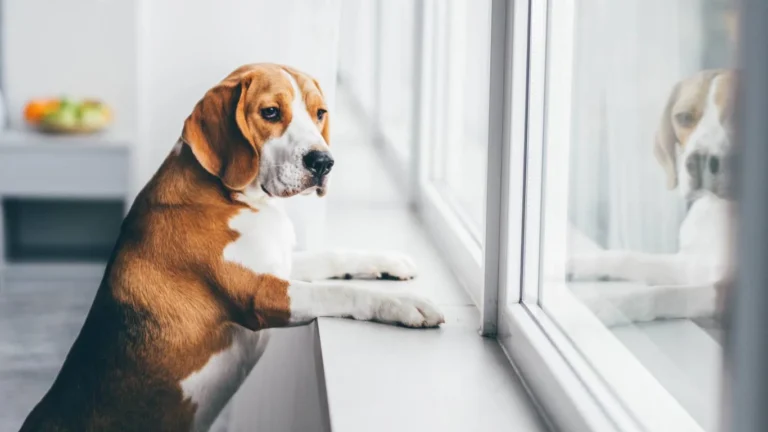How to Train a Dog to Be Confident During Vet Visits: Proven Tips
Let’s be real—vet visits aren’t exactly a walk in the park for most dogs. If you’ve ever had to drag your pup through the front doors while they’re trembling like a leaf, you’re not alone. One of the most common questions I get asked as a Canine-Assisted Therapy Trainer is: how to train a dog to be confident during vet visits. And let me tell you, confidence at the vet is 100% teachable—it just takes some patience, the right mindset, and a good bit of trust-building.
Why Dogs Get Nervous at the Vet
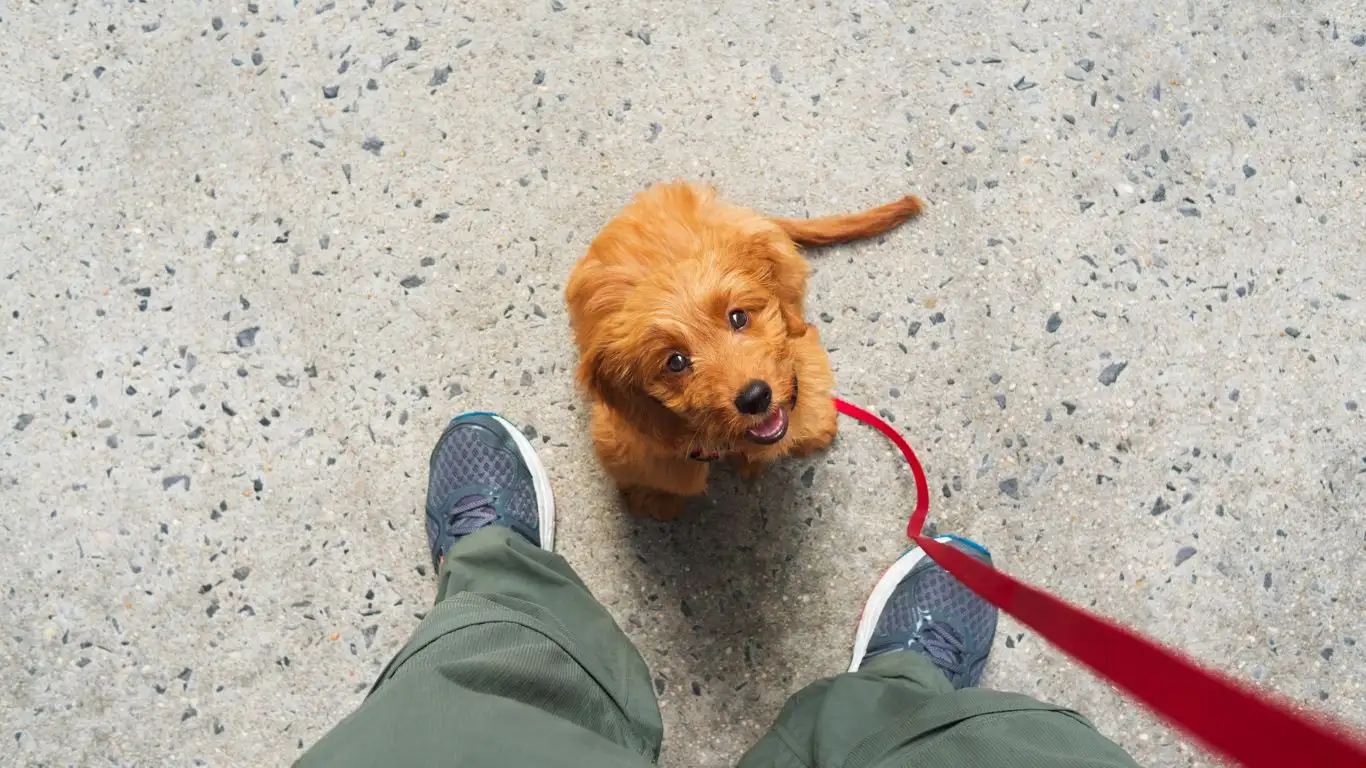
First off, it helps to understand where the anxiety comes from. Dogs are creatures of habit, and the vet clinic is full of unpredictable smells, sounds, and sensations that they don’t encounter in everyday life. Toss in the memory of a thermometer up the rear, and yeah—it’s no wonder they panic!
From my experience working with therapy dogs, I’ve found that nervousness at the vet often comes down to three big triggers:
- Unfamiliar environments – sterile smells, slippery floors, and other barking dogs
- Past traumatic experiences – even one scary appointment can leave a lasting impression
- Lack of early socialization – especially around handling or being restrained
And here’s the kicker: your dog picks up on your anxiety too. If you’re tense, they feel it. That’s why confidence-building starts with creating positive associations and a calm routine.
Desensitization: The Secret Sauce to Vet Confidence
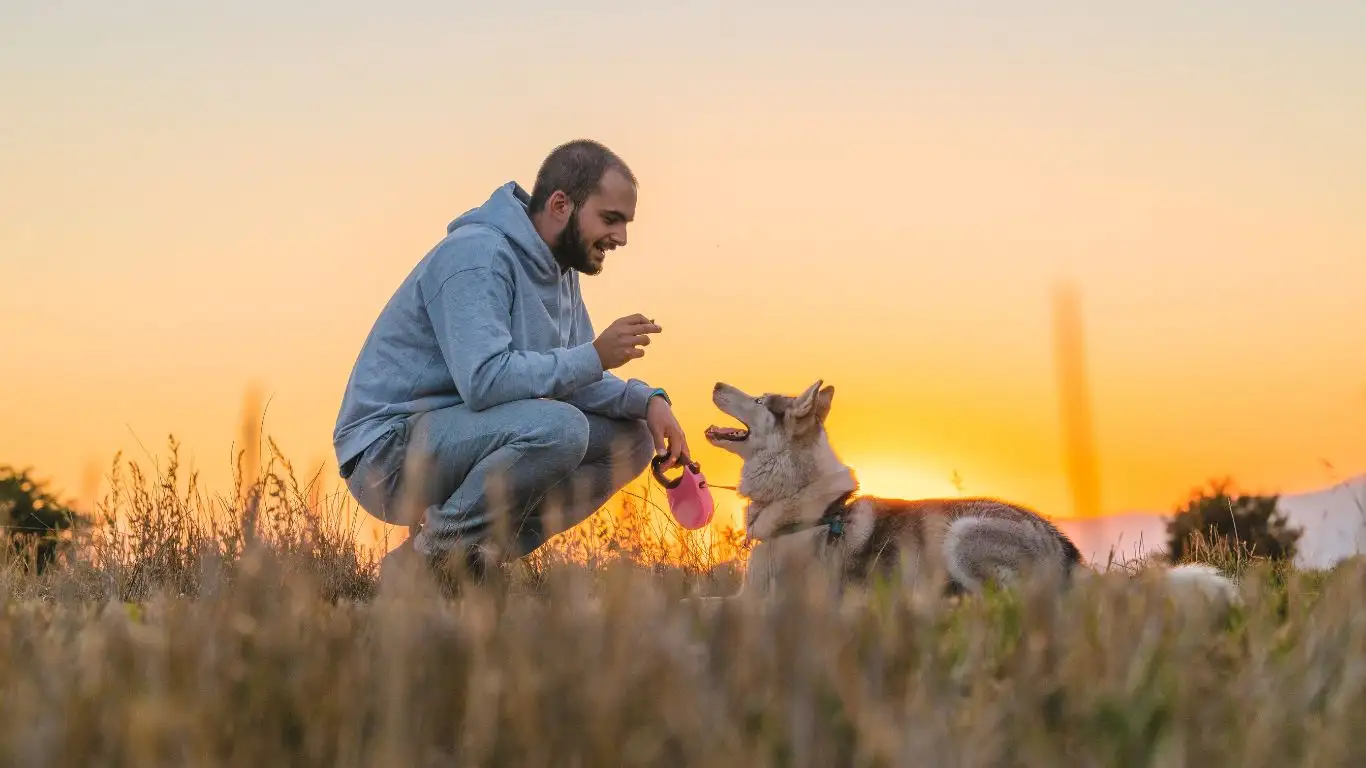
One method I swear by is desensitization. Fancy word, simple concept. You gradually expose your dog to the things they fear—in a totally low-stress way—so they can get used to it. I had this golden retriever named Max, super sweet but would turn into a puddle at the sight of a stethoscope. With time and positive reinforcement, Max went from bolting at the vet door to happily wagging into the exam room.
How to Start Desensitization at Home
- Touch training: Get your dog used to being handled. Practice lifting paws, checking ears, opening their mouth. Keep it fun and reward generously.
- Introduce vet-like tools: Use a toy stethoscope or even your phone’s flashlight. Show it, let them sniff it, give a treat. No pressure.
- Simulate the vet table: Have them stand on a non-slip surface while you do quick “checkups.” Gradually increase the time they’re on the surface.
The key is keeping everything chill. If your dog starts to squirm or stress, back off and go slower next time. This isn’t a speed race—it’s about building trust over time.
Use Real Vet Visits as Practice Opportunities
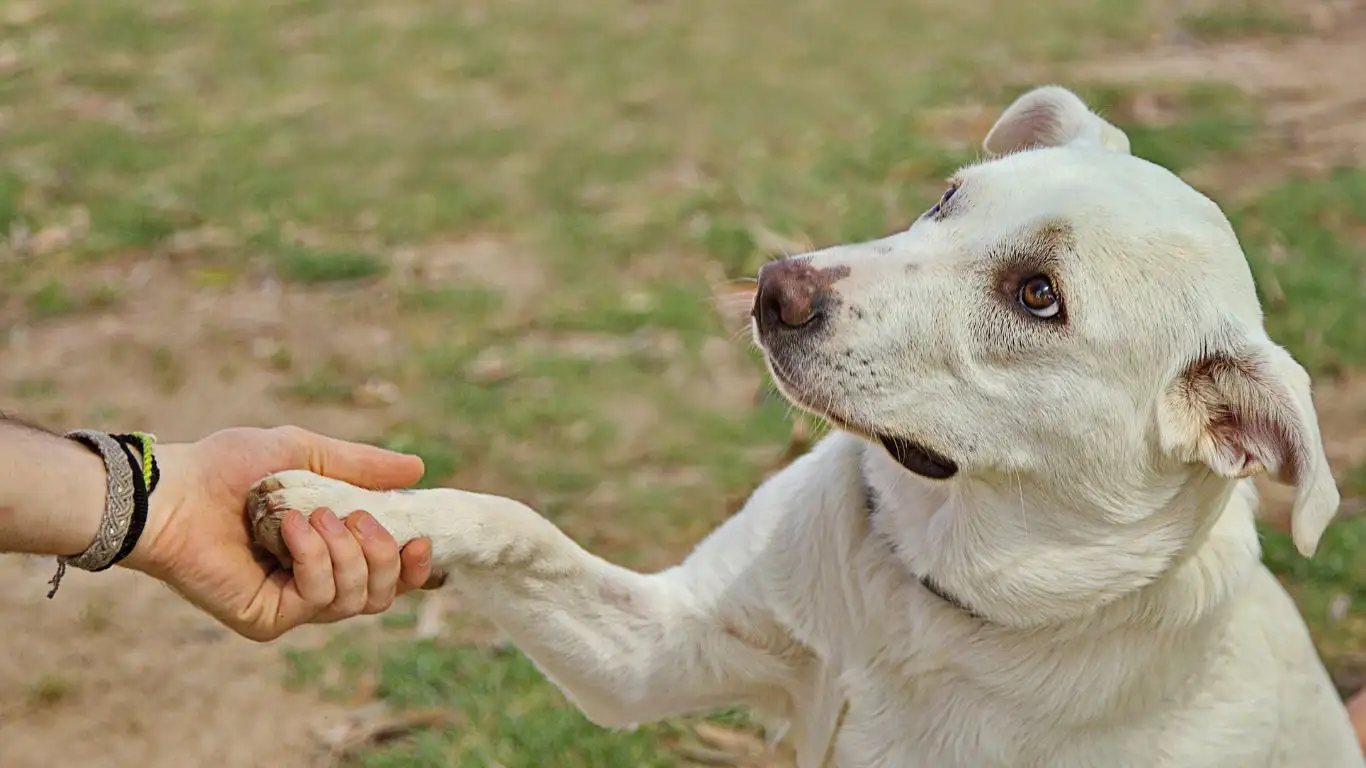
Believe it or not, one of the best ways to train a dog to be confident during vet visits is by using the vet office itself as your training ground. I always recommend what I call “Happy Visits.” These are short, zero-pressure drop-ins where nothing bad happens. Your dog just goes inside, gets a few treats from the staff, and then leaves.
Tips for Positive Vet Drop-Ins
- Call ahead and ask if you can swing by for a “hello” visit
- Keep the energy upbeat—dogs read our tone and body language
- Let your dog explore the lobby if it’s safe and quiet
- Pair the experience with something awesome, like a high-value treat or a walk afterward
Over time, your pup will start to associate the vet’s office with good things instead of scary stuff. It makes a massive difference, trust me.
Train for Calm Behavior, Not Just Tricks
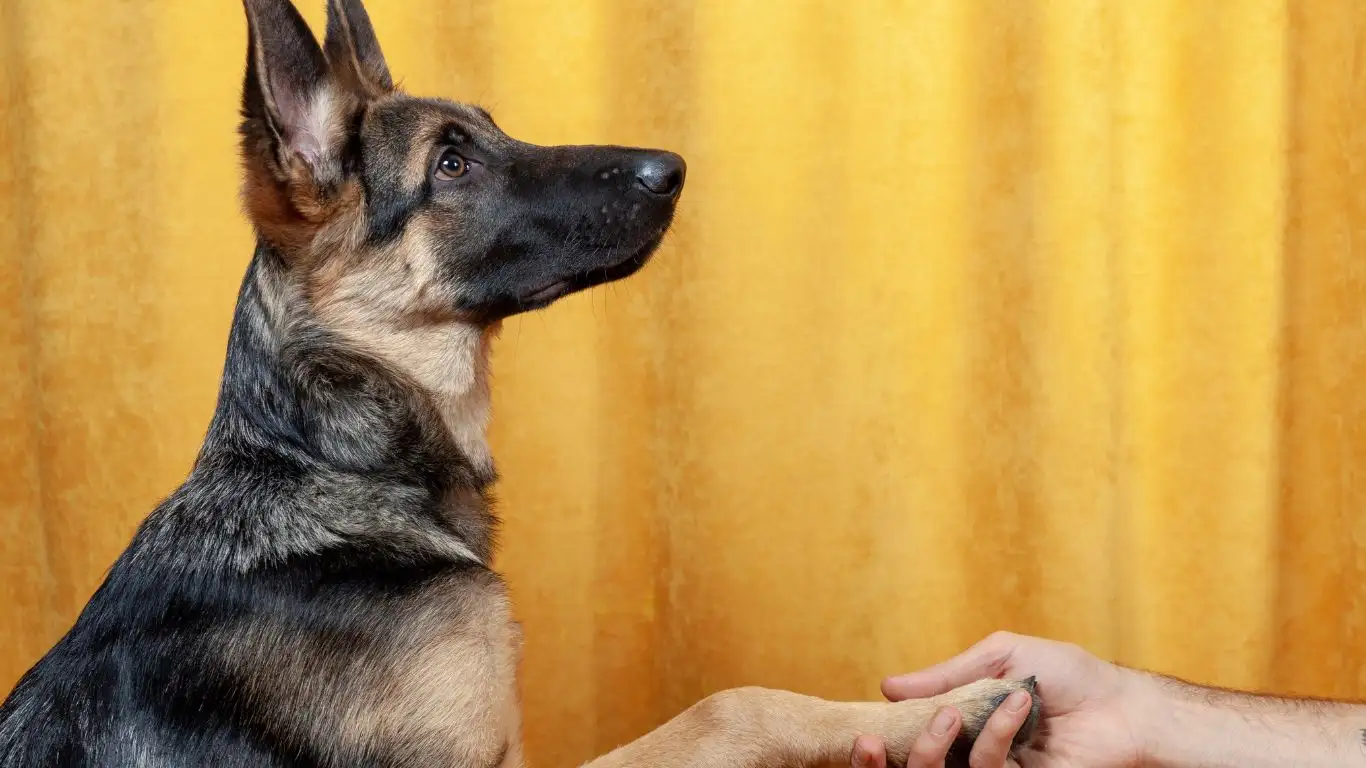
One of the biggest mistakes I see folks make when figuring out how to train a dog to be confident during vet visits is focusing only on obedience. Don’t get me wrong—commands like “sit,” “stay,” and “down” are super useful. But they’re not the end goal. What we’re really after is emotional stability. We want a dog who *feels safe* and knows how to chill, even in a stressful place like the vet’s office.
When I’m working with therapy dogs in training, I love incorporating relaxation techniques into our routine. My favorite one? The trusty old “settle” or “place” command. I use a mat or blanket that smells like home, and we practice just being calm on it—in all kinds of settings.
Here’s how to build a calm mindset in your dog:
- Mat training: Teach your dog that their mat means “relax here.” Use treats and praise when they lie down calmly. Start at home, then take it on the road—to the park, the car, and eventually the vet.
- Reward quiet behavior: Don’t wait for your dog to get anxious before rewarding them. Catch them being chill and reward that behavior.
- Teach impulse control: Games like “wait” or “leave it” help dogs learn patience, which totally pays off during exams and procedures.
I’ve had anxious rescue pups go from pacing the waiting room to snoozing on their mats with a little consistency and a lot of encouragement. The key is not just practicing commands—but practicing the *state of mind* you want your dog to have.
Partner with Your Vet for Confidence-Building
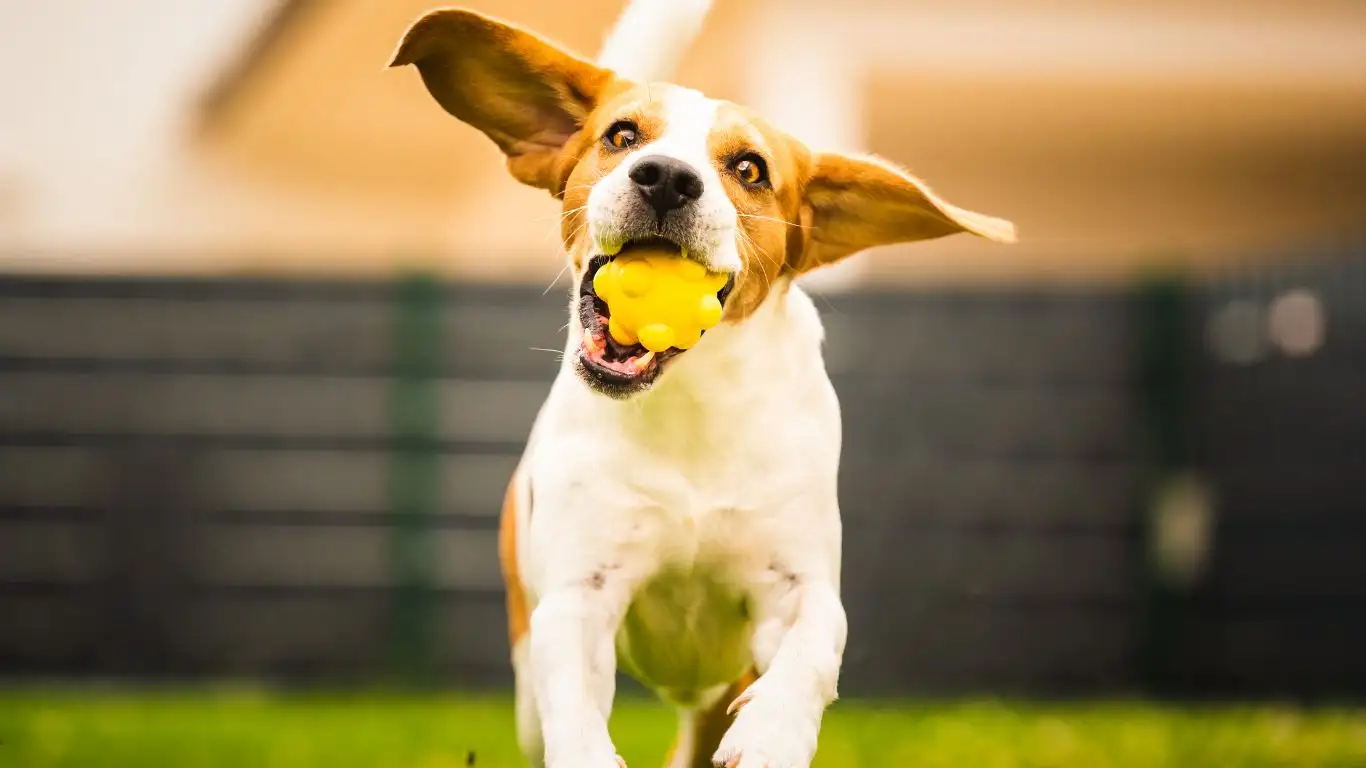
Your vet can be your biggest ally in this whole process. Don’t be afraid to speak up and let them know what your training goals are. A good vet—and most are—will totally support your efforts to make visits less stressful for your dog.
Over the years, I’ve worked with several amazing vets who would do little things like examine the dog on the floor instead of the table or take their time introducing tools. One even had a peanut butter spoon handy for distraction—genius!
Ways to involve your vet in the process:
- Ask for a “happy visit” walk-through with a tech or nurse
- Let the vet know your dog is in training and might need extra time
- Request exams in less intimidating spots (like outside or in your lap)
- Discuss fear-free or low-stress handling techniques
Don’t forget—confidence comes from predictability. If your dog learns that the vet isn’t always scary, and that *you’ve got their back*, they’re way more likely to stay cool and collected.
Timing is Everything: Before, During, and After the Visit
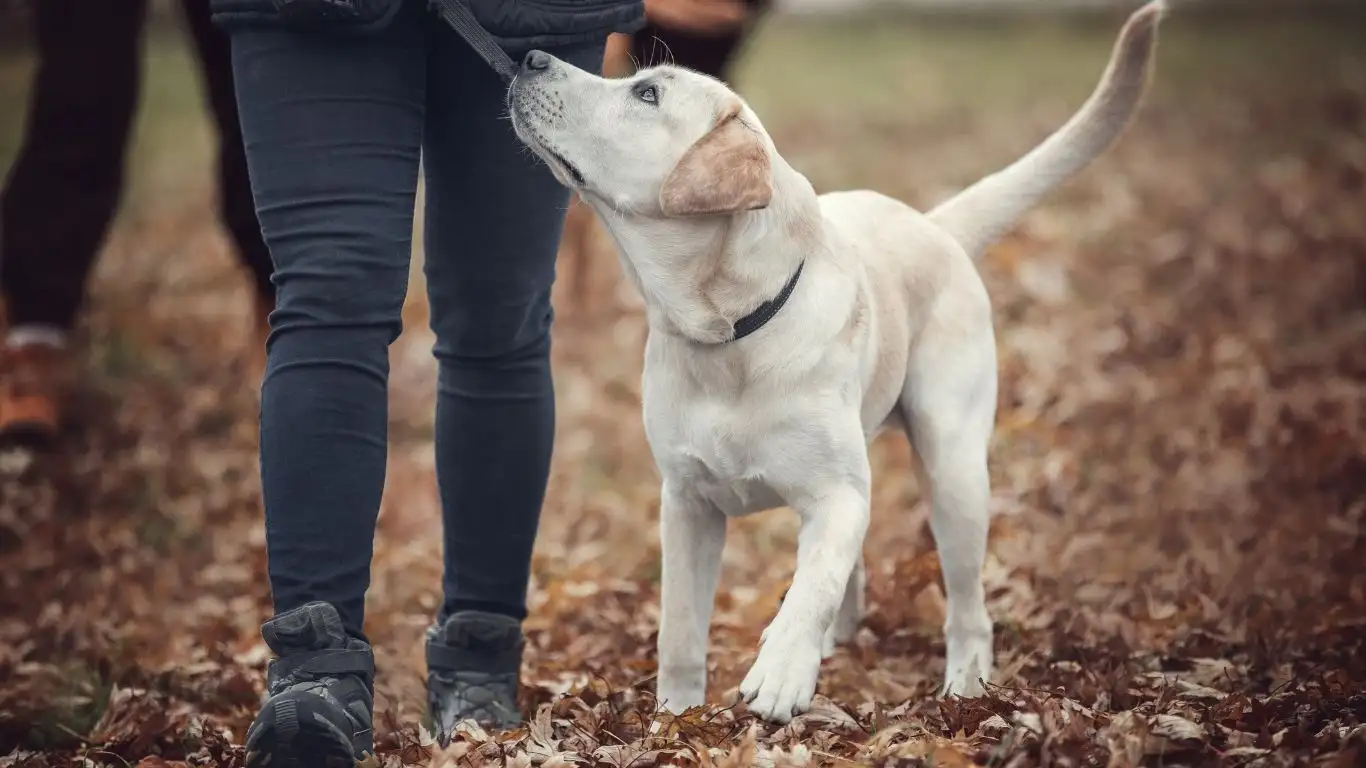
So, you’ve practiced at home. You’ve desensitized. You’ve done happy visits. Now it’s go-time. The actual vet appointment. This is where all your hard work gets put into action.
Set your dog up for success by managing the full experience:
- Before: Take your dog for a brisk walk to burn some energy. Don’t feed a full meal beforehand—hungry dogs are usually more food-motivated (and less likely to throw up from nerves).
- During: Keep your energy calm and reassuring. Bring their favorite treat, toy, or even that magical mat from earlier. Stay close, speak gently, and reward every small win.
- After: Celebrate! Seriously—go straight to the park, play their favorite game, or give a jackpot of treats. Make the memory of the vet visit a happy one.
I can’t count the number of dogs I’ve seen turn a corner when the post-vet routine became part of the reward. Confidence is cumulative. Every successful visit builds on the last one.
And if things don’t go perfectly? That’s okay. This isn’t about perfection—it’s about progress. Just showing up and trying means you’re already doing an amazing job.
Handling Unexpected Situations with Confidence
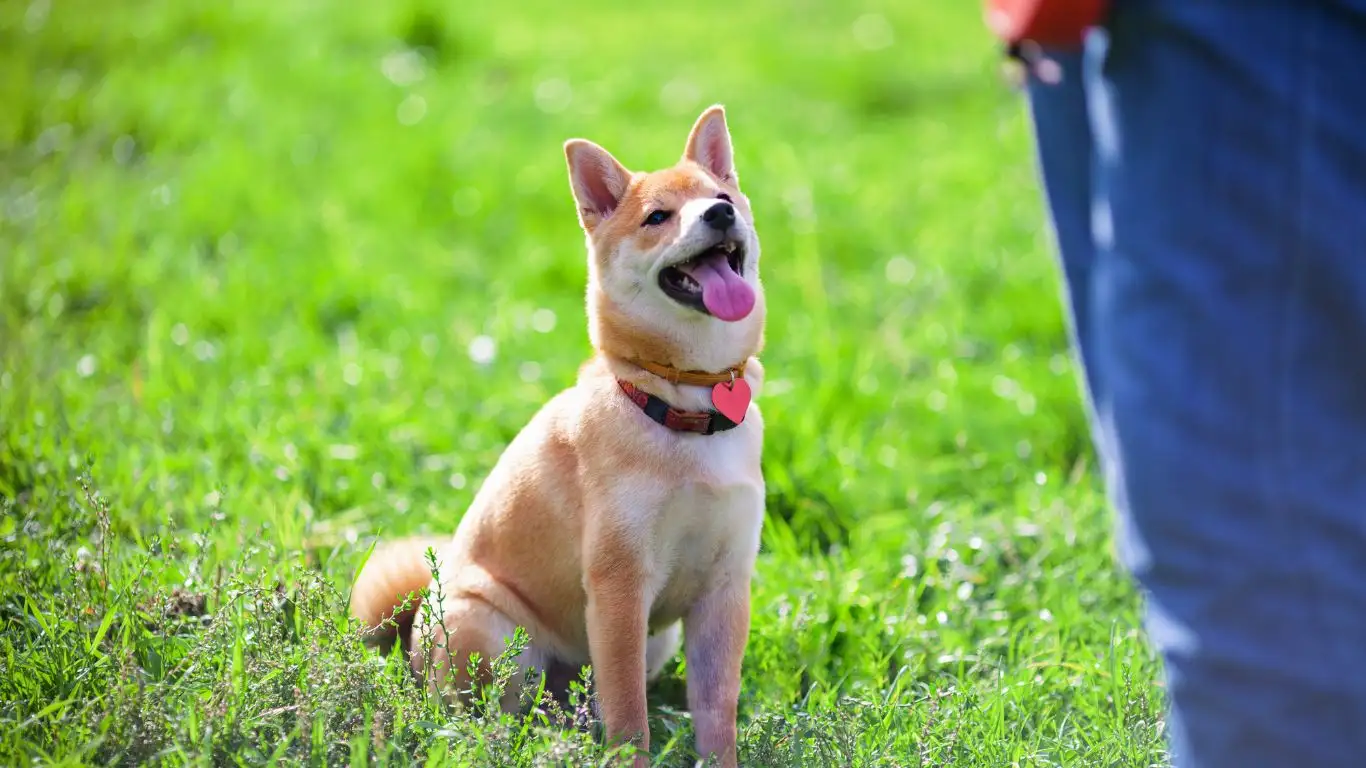
Vet visits don’t always go as planned. Sometimes, your dog might suddenly get scared, or the vet needs to perform an unexpected procedure. Knowing how to stay calm and support your dog in those moments is just as important as the training itself. Over the years, I’ve learned that confidence during vet visits isn’t about having a perfect dog—it’s about how we, as their humans, react and guide them through challenges.
When things get tense, the best thing you can do is remain composed and reassuring. Dogs read our body language and tone like an open book, so if you’re panicking, they’ll mirror that energy. I always remind my clients to breathe deeply and speak softly, offering gentle pats or calm touch if their dog finds that comforting.
Quick Tips for Handling Vet Day Surprises:
- Keep your voice low and soothing. Avoid sudden movements or loud noises.
- Use distraction tools. Bring a favorite toy, a lick mat smeared with peanut butter, or a high-value treat to redirect their focus.
- Communicate with your vet. Let them know if your dog is feeling stressed. Many vets can adjust their handling or pause to give your dog a moment to relax.
- Practice “emergency” calm sessions at home. Simulate mild surprises or handling that might happen at the vet to help your dog get used to unexpected situations.
In my experience, this kind of preparation makes a world of difference. It’s less about never facing fear and more about bouncing back stronger each time.
Building Long-Term Confidence Beyond Vet Visits
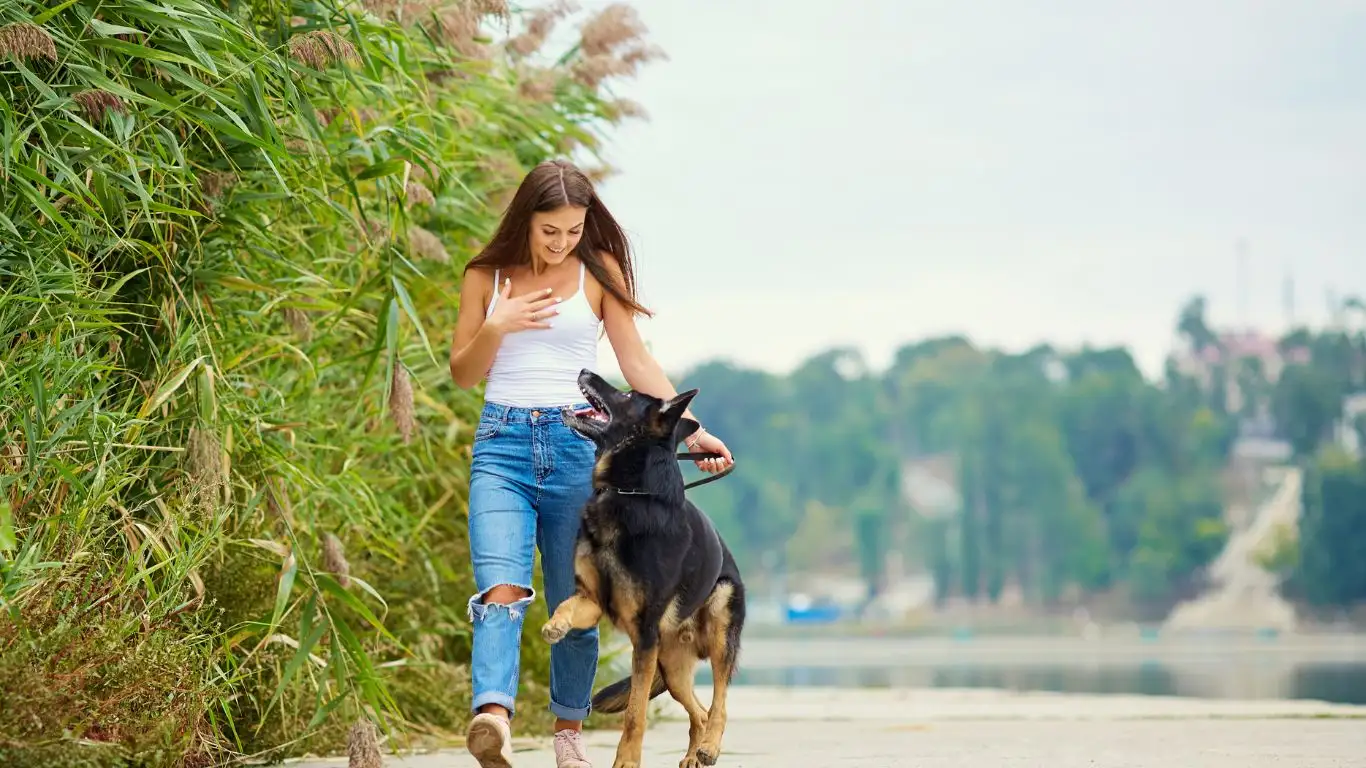
Building your dog’s confidence during vet visits is a fantastic goal, but it also opens the door to helping them handle other stressful situations with ease. Confidence is a skill that transfers—whether it’s grooming, car rides, or meeting new people and animals.
When I started training therapy dogs, I noticed that dogs who were confident at the vet also tended to be more adaptable and relaxed in everyday life. It’s like their emotional toolkit grows, helping them approach new challenges with less fear and more curiosity.
Ways to Boost Overall Confidence in Your Dog:
- Socialization: Expose your dog to different environments, sounds, and people regularly—but always at a comfortable pace for them.
- Positive reinforcement: Reward brave behavior with treats, praise, or play.
- Routine handling practice: Regularly touch and examine your dog at home—check paws, ears, teeth—so they’re used to being handled calmly.
- Maintain calm leadership: Your dog takes emotional cues from you, so staying relaxed and confident yourself sets the tone.
Remember, every dog is unique. What works wonders for one might take a bit more time with another. The important thing is showing up for your dog consistently, with patience and love.
References & Resources
- American Veterinary Medical Association
- ASPCA
- Cesar’s Way – Dog Training Tips
- Pet Professional Guild
Disclaimer
The information shared in this article is based on my personal experience as a Canine-Assisted Therapy Trainer and general best practices for dog training and behavior. It is not a substitute for professional veterinary advice. Always consult with your veterinarian or a certified dog trainer if you have concerns about your dog’s health or behavior, especially during vet visits.

